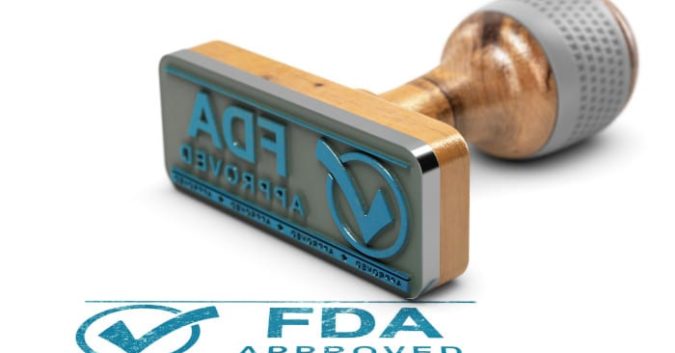The Food and Drug Administration (FDA) recently announced plans to change the process by which the agency approves new medical devices. Critics have been saying for years that the FDA’s approval process has been far too lax, letting many implants and other medical devices into the market without adequate testing.
“The new technology that we’re seeing holds tremendous public health promise for patients,” said FDA Commissioner Scott Gottlieb in a recent statement. “But with the advances also come new complexities that can make the review of safety and effectiveness more challenging.”
More challenging indeed; Gottlieb’s statement came the same week as the report of a shocking worldwide investigation into medical-device safety. The investigation, which comprised more than 50 media outlets, uncovered that medical devices played a role in the injury of 1.7 million people and nearly 83,000 deaths over the last 10 years.
To what extent does the approval process contribute to these terrifying figures? It is impossible to give an exact number, but each time the FDA has to recall or reclassify an item, the cost is tremendous. To say nothing of the resource strain it puts on the FDA and manufacturers, defective devices injure, maim, disfigure, and kill people.
The investigation showed how some devices can end up inside people’s bodies before they have been properly vetted. For example, a spinal cord stimulator manufactured by St. Jude Medical Inc. was approved by the FDA without any original data. A spinal cord stimulator is a surgical implant that attaches to a person’s spine; one hopes the FDA would want more thorough and reliable evidence upon which to base its decision. As it turns out, spinal cord stimulators rank third in the number of device-injury reports, and have been involved in at least 50 recalls since 2005.
What Is Outdated about Medical Device Approval?
It was 1976 when Congress passed the Medical Device Amendments in order to regulate the distribution of products that were marketed to Americans. The goal was to ensure that people could trust in safe and effective devices. The FDA classified existing devices and set up a framework for evaluating and approving new devices.
Now, a specific portion of that framework, known as the 510(k)-clearance pathway, has come under serious scrutiny. If a manufacturer can demonstrate that their product is “substantially equivalent” to a medical device that is already legally marketed in the United States (called a predicate), it will receive FDA approval. The device itself may have very little research or testing to demonstrate its safety, but as long as it shares the characteristics and uses of the predicate, the device will be approved.
Demonstrating “substantial equivalence” has become the most common route for medical devices to enter the market. Last year, 82 percent of all devices were cleared or approved through 510(k). For scope, that’s 3,173 devices on the market today because of their “substantial equivalency” to an older device. What’s scary is that some of these predicates are decades old, and critics fear the current approval process is letting devices with unknown dangers slide past regulators.
In some cases, the evidence speaks for itself: Consider vaginal mesh, automated external defibrillators, metal-on-metal hip implants, and other dangerous medical devices that have been “up-classified” after previous 510(k) clearance. It is good that these devices in these categories are no longer eligible for the 510(k) pathway, but that does not change the fact they have already harmed people irreversibly.
What Changes Are Expected?
The FDA will refine rather than replace the current regulatory framework. This includes the 510(k) clearance pathway, which Gottlieb believes should be modernized to reflect advances in technology and safety rather than anchored to older devices. Nearly 1 in 5 devices cleared by 510(k) are based on a predicate that is more than 10-years-old, and 1 of the first steps will be to retire outdated predicates.
The FDA also intends to establish an alternative 510(k) pathway that allows manufacturers of “well-understood device types” to demonstrate that their new device meets contemporary performance-based criteria. These criteria would reflect current principles rather than a predicate from years before. Additionally, the FDA will continue adopting new measures to more comprehensively monitor devices that are on the market.
Will Patient Safety Improve?
None of the changes proposed by the FDA are going to have an immediate impact on patient safety. Much will rely on legislation from Congress, and the medical device industry will surely use their money to slow down and scale back any potential reform.
Promising advances in robotics, material sciences, and biomedicine have manufacturers racing to put out new products. Whatever good comes of their inventions, 1 thing is sure: Their goal will always be profit.
If the FDA is intent on maintaining its world-wide status as the most trusted authority when it comes to medical-device safety, it needs to show the country that it can – and will – change in order to regulate the market more responsibly.
